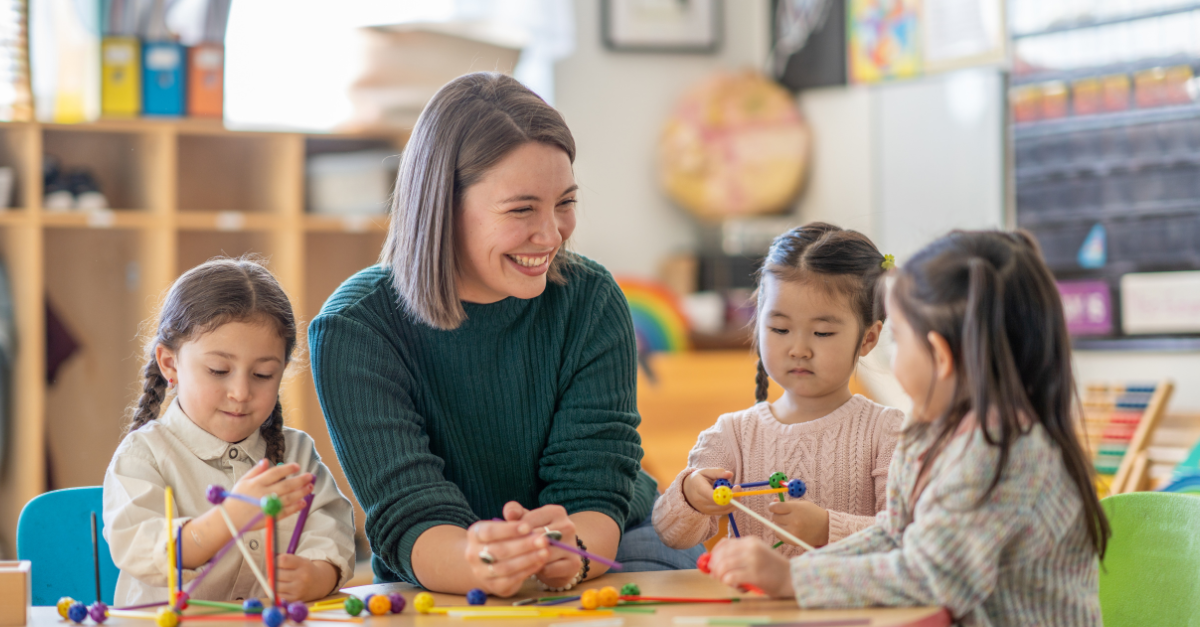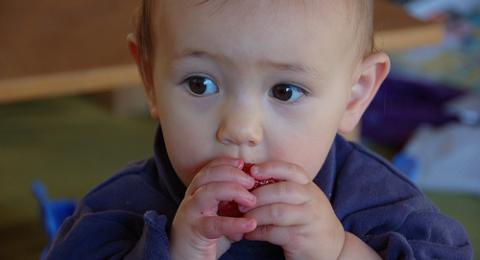To bully, ‘bystand’ or ‘upstand’? This is the question that adolescents who witness bullying behaviour are processing at the time of an incident. New research from the Harvard Graduate School of Education discovers why teens at school don’t always stand up for bullying victims, even though they want to.
Bystanders are Rarely Upstanders
Previous research has shown that when teens defend victims from bullies, the prevalence of bullying in schools decreases. Recent anti-bullying campaigns such as Back Me Up have focused on bystanders, encouraging them to take positive action when they witness bullying. However we know that fewer than 20 percent of child witnesses to bullying act as defenders, even though the majority of incidents are witnessed. So it’s important to understand what contributes to students’ willingness to stand up for victims of bullying in schools.
Professor Robert Selman and Silvia Dizgranados from Harvard Graduate School of Education analysed data from eighth graders in four middle schools in the United States, to identify the factors that influence their responses when they witness peer aggression and social exclusion. Although a majority (74%) recommended becoming an active ‘upstander’ by expressing public disapproval, 50% of them acknowledged that in practice, they often laugh when they see others victimising a peer in school.
What Influences Teenage By standers in Bullying Scenarios?
Diazgranados Ferráns’ and Selman’s research found that a teenager’s choice to ‘bystand’, ‘upstand’ or take part in a bullying scenario is affected by the culture of the school and the students’ personal needs.
Perceived rules of friendship, rules of peers and rules of the school were used to make decisions in bullying scenarios. For example, some students reported that they helped a friend because “you have to stick up for your friends, no matter what” (rules of friendship), while others reported they remained bystanders when a non-friend was being victimised because “you should mind your own business” (rules of the peer group). At an institutional level, examples of rules of the school included “If there is a problem, you are on your own” or “If there is a problem, we’ll find a solution together”, each of which is likely to generate a different response from students.
In this study, students showed they were more influenced by the rules of their friendship group and chose strategies to help them fulfil their least satisfied personal need. For example, the study found that students who were not popular yielded more readily to group pressures because they were struggling to belong, while students who were popular were less likely to go along with bullying because they did not fear exclusion.
What Supports a Teen Taking a Stand Against Bullying?
The study found that a bystander will choose to become an upstander if:
- the victim is a friend, and
- the behaviour has been taken too far, and is no longer “just teasing”, or
- the victim is not a friend, but they consider it their moral responsibility to support a victim when they believe the behaviour has been taken too far.
When the bully is considered to have more power than the witness, the teen is more likely to ‘upstand’ passively (e.g. support a friend after the event) than actively.
Reducing Bullying and Passive Bystanders – Ideas for Schools and Policy Makers
Because rules of culture are significant, Selmand and Diazgranados Ferráns made the following suggestions about how schools and staff can reduce passive bystander behaviour:
- Provide opportunities for all students to fulfill their personal needs for safety, connection, and power, by providing a variety of opportunities to make friends and be included in social networks
- Develop clear rules about bullying behaviour. Going beyond rules, policies should include education strategies to teach students how to sustain a positive school culture that does not condone bullying.
- Involve peer groups in creating positive peer group rules. Not everyone in a peer group will be friends, but if peers feel a moral responsibility for each other, they are more likely to decide to defend than bystand, when bullying occurs.
- Students who can identify when ‘teasing’ has been taken too far are more likely to decide to ‘upstand’. By integrating social and emotional learning and civic education in the curriculum, schools can teach the cognitive, emotional, and social skills students need for these kinds of decisions.
- Provide safe, anonymous channels for students to report bullying to school staff. This helps to identify bullying without compromising a student’s own personal need for safety.
- When students who are known to influence others express their disapproval of bullying in public, their behaviour can help to create the counterculture against bullying.





Leave a Reply